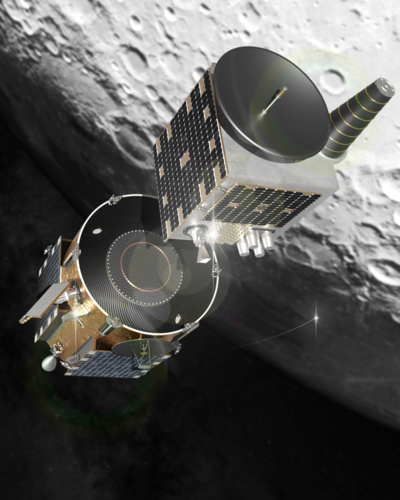
Copernical Team
First 3D-printed rocket lifts off but fails to reach orbit
 The world's first 3D-printed rocket launched successfully on Wednesday, marking a step forward for the California company behind the innovative spacecraft, though it failed to reach orbit.
Billed as less costly to produce and fly, the unmanned Terran 1 rocket launched from Cape Canaveral, Florida at 11:25 pm (0325 GMT Thursday) but suffered an "anomaly" during second-stage separation as it
The world's first 3D-printed rocket launched successfully on Wednesday, marking a step forward for the California company behind the innovative spacecraft, though it failed to reach orbit.
Billed as less costly to produce and fly, the unmanned Terran 1 rocket launched from Cape Canaveral, Florida at 11:25 pm (0325 GMT Thursday) but suffered an "anomaly" during second-stage separation as it Virgin Orbit to bring small staff back to work on Thursday
 Virgin Orbit, Richard Branson's satellite launcher service, is expected to return a small staff work on Thursday after suspending operations last week and putting its employees on unpaid furlough.
In a filing with the Securities and Exchange Commission on Tuesday, Virgin Orbit Holdings said it would begin an "incremental resumption of its operations" that would include working on its ne
Virgin Orbit, Richard Branson's satellite launcher service, is expected to return a small staff work on Thursday after suspending operations last week and putting its employees on unpaid furlough.
In a filing with the Securities and Exchange Commission on Tuesday, Virgin Orbit Holdings said it would begin an "incremental resumption of its operations" that would include working on its ne Webb Telescope spots swirling, gritty clouds on remote planet in spectrum data
 Researchers observing with NASA's James Webb Space Telescope have pinpointed silicate cloud features in a distant planet's atmosphere. The atmosphere is constantly rising, mixing, and moving during its 22-hour day, bringing hotter material up and pushing colder material down. The resulting brightness changes are so dramatic that it is the most variable planetary-mass object known to date. The te
Researchers observing with NASA's James Webb Space Telescope have pinpointed silicate cloud features in a distant planet's atmosphere. The atmosphere is constantly rising, mixing, and moving during its 22-hour day, bringing hotter material up and pushing colder material down. The resulting brightness changes are so dramatic that it is the most variable planetary-mass object known to date. The te Relativity Space's 3D-printed rocket fails to reach orbit
 Relativity Space's 3D-printed rocket, Terran 1, failed to reach orbit after an anomaly occurred during its second-stage separation. The rocket had been launched successfully on its third attempt and was designed to carry over 1000 kg of cargo into low Earth orbit. It was intended to gather data and demonstrate that 3D-printed rockets can withstand the rigors of liftoff and spaceflight.
The
Relativity Space's 3D-printed rocket, Terran 1, failed to reach orbit after an anomaly occurred during its second-stage separation. The rocket had been launched successfully on its third attempt and was designed to carry over 1000 kg of cargo into low Earth orbit. It was intended to gather data and demonstrate that 3D-printed rockets can withstand the rigors of liftoff and spaceflight.
The A new mission will search for habitable planets at Alpha Centauri
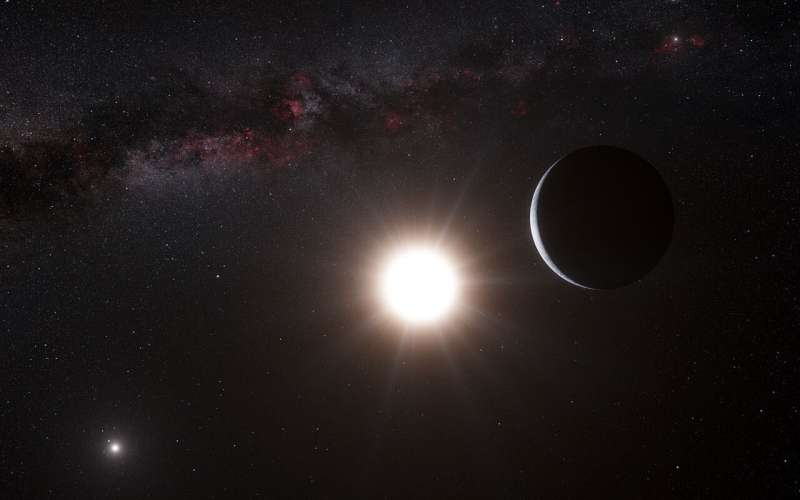
Alpha Centauri is our closest stellar neighbor, a binary star system located just 4.376 light-years away. Despite its proximity, repeated astronomical surveys have failed to find hard evidence of extrasolar planets in this system. Part of the problem is that the system consists of two stars orbiting each other, which makes detecting exoplanets through the two most popular methods very challenging. In 2019, Breakthrough Initiatives announced they were backing a new project to find exoplanets next door—the Telescope for Orbit Locus Interferometric Monitoring of our Astronomical Neighborhood (TOLIMAN, after the star's ancient name in Arabic).
This low-cost mission concept was designed by a team from the University of Sydney, Australia, and aims to look for potentially-habitable exoplanets in the Alpha Centauri system using the Astrometry Method.
Relativity Space to make third bid to launch 3D-printed rocket
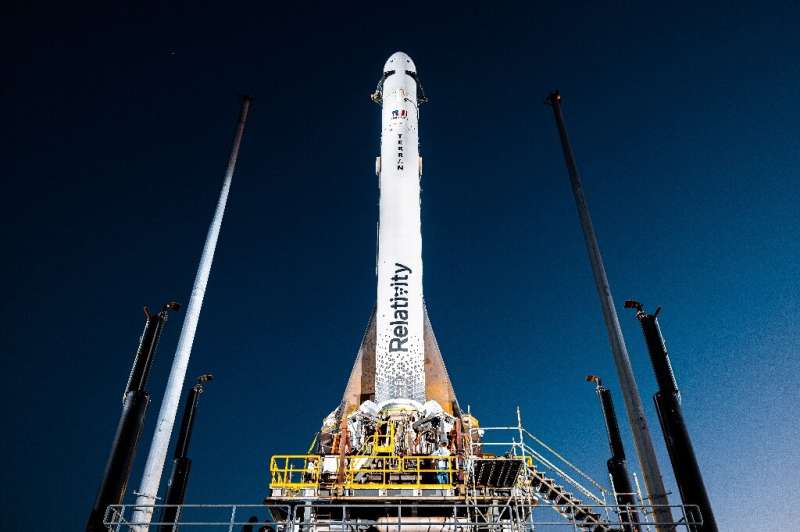
The world's first 3D printed rocket is scheduled to make its third attempt to lift off on Wednesday for the maiden flight of an innovative spacecraft billed as being less costly to produce and fly.
The unmanned rocket, Terran 1, had been scheduled to launch on March 8 from Cape Canaveral, Florida, but it was postponed at the last minute because of propellant temperature issues.
A second attempt on March 11 was scrubbed due to fuel pressure problems.
Relativity Space, the California private aerospace startup that built the rocket, is hoping that the third time's the charm.
The company's three-hour launch window begins at 10:00 pm Eastern Time on Wednesday (0200 GMT Thursday).
Once it does take off, Terran 1 is set to reach low Earth orbit after eight minutes on a voyage intended to gather data and demonstrate that a 3D-printed rocket can withstand the rigors of liftoff and space flight.
Watch media session from ESA's 315th Council
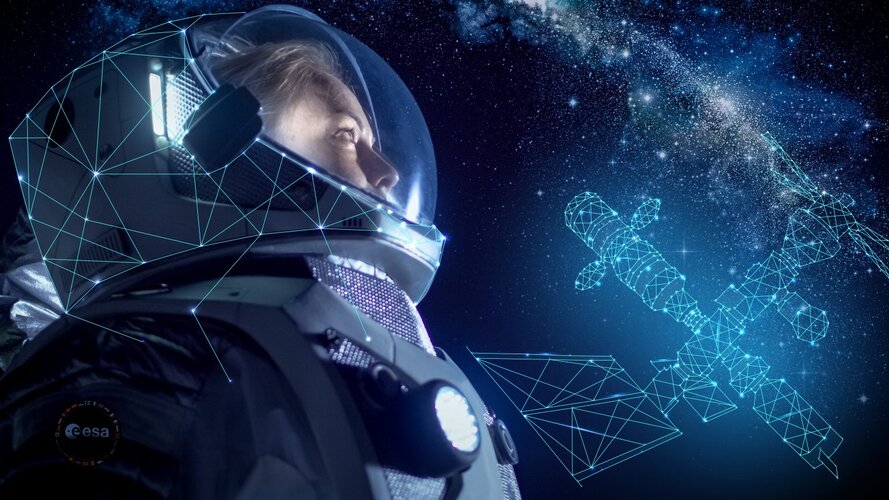
Join us on 23 March to hear about ambitious new ideas for space exploration from ESA's 315th Council, taking place in the freshly renovated ESA HQ Mario Nikis building in Paris.
ESA’s new headquarters
 Video:
00:03:03
Video:
00:03:03
After five years of intensive refurbishment works, the Headquarters of the European Space Agency has reopened its doors on rue Mario Nikis in Paris, France. As flexible as it is ultra-modern, ‘ESA HQ Mario Nikis’ is the very embodiment of a European organisation at the cutting edge of high technology and is resolutely open to the city it calls home.
Measuring the cohesive force of meteorite fragments to identify the mobility of asteroids
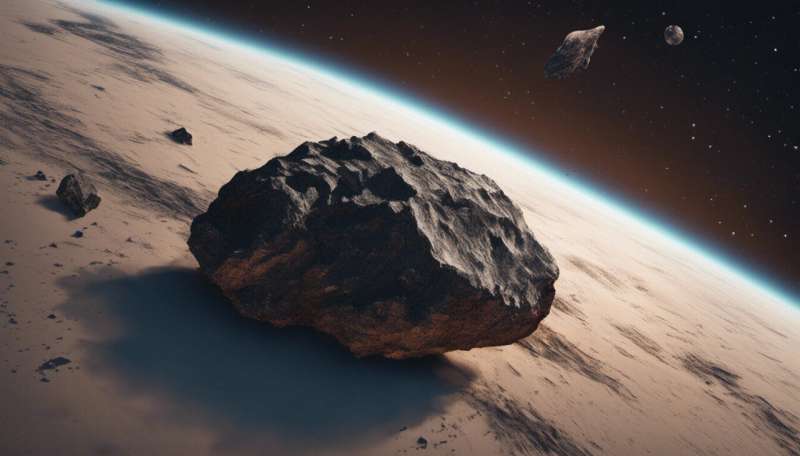
The cohesive force of asteroid particles influence microgravity and can be evaluated under several assumptions of particle size and their sensitivity to particle shape. Approximately hundreds of kilograms of material fall on to Earth's atmosphere daily from space, and filter down as tiny grains and fine dust. Many meteorites that reach Earth from space are pieces of asteroids.
In a new report now published in Science Advances, Yuuya Nagaashi and a research team in planetology at the Kobe University in Japan, conducted cohesive force measurements of meteorite fragments. The cohesive force of the asteroid particles were orders of magnitude smaller, resulting in the high mobility of asteroid surface particles identified during space exploration. For astrobiologists interested in the earliest history of Earth and the solar system, these particles that have survived almost unaltered offer significant information of the earliest period of the solar system's history.
Firefly to take Lunar Pathfinder to the Moon
